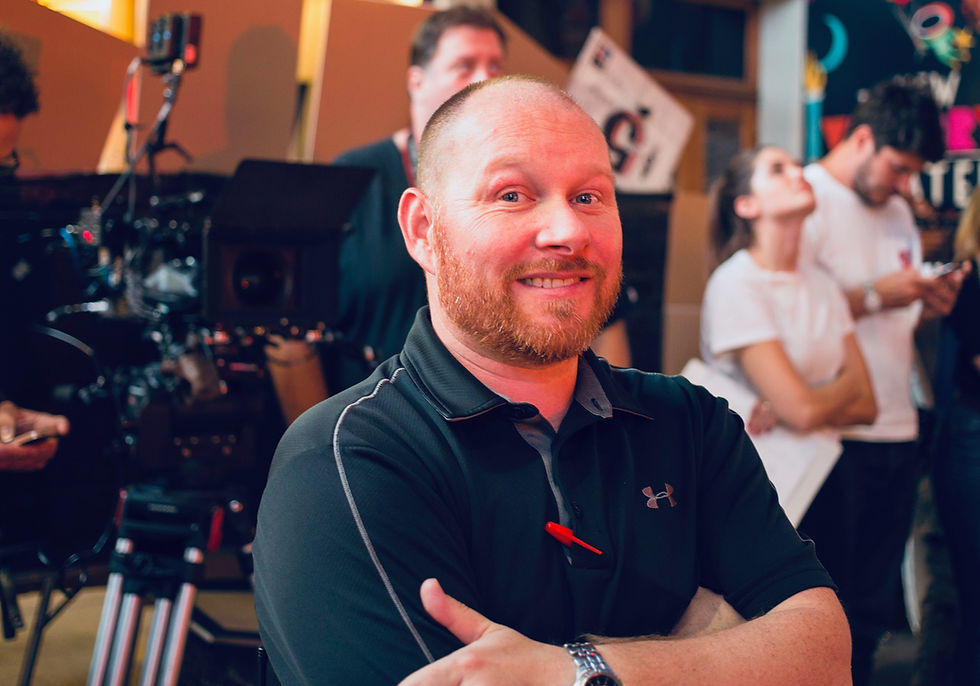Building A Holistic Pricing Model
- Eric Fluet
- Oct 29, 2019
- 4 min read

Whether you are new to the market or have been in operation for decades, your pricing should be consistent with the market you are in and stratified across multiple channels. A carefully considered pricing strategy is vital to optimizing both volume and revenue. Pricing is not a simple “set it and forget it”, nor is it a one size fits all.
Once you’ve established a baseline price you can use discounts to drive volume, increase it to slow volume and raise revenue or segment your pricing into different business types with prices set to drive specific groups of guests.
Generally speaking, admission ticket programs can be grouped into three buckets; General, Advanced, and Annual.
General Tickets
Primarily unrestricted, these tickets are available to everyone and bought by the everyday guests made up of individuals and families making a single visit. This bucket includes your highest priced tickets from the full-price gate ticket to online and promotionally discounted tickets with discounts ranging from 10-20%.
Guests buying these tickets have already decided to visit and are searching for the best price available. Plan for, fence-in and restrict discounts. Use targeted promotions to drive volume from select demographics or during soft periods while limiting or reducing discounts during peak volume periods.
These are the lowest priced and most restricted guest facing tickets. They are typically sold in bulk, bundled with food for corporate/private events or simply sold with a minimum of 10-12 tickets. These should be priced low to incentivize advance commitment and bulk purchase but remain in the range of 30-40% off the full-price gate ticket. Promotionally discounted tickets from the general demand bucket should never be priced lower than these advance tickets.if you are not included in the program. From the guest's perspective these are expensive, all-inclusive passes that simplify their vacation.
These partners include well known sites like Groupon and Living Social as well as tourism pass programs and other companies who buy in bulk and sell specifically to international tourists. Discounts offered to these third-party partners should be in the 25-40% range.
Some attractions, especially new attractions, balk at these programs for fear of discounting too deep or devaluing their brand. Remember, these programs are critical to your business and drive incremental visits from guests you are not reaching with your current marketing programs.
Additionally, potential guests, particularly those visiting city-center tourist destinations who have purchased one of the pass programs are highly unlikely to visit your attraction if you are not included in the program. From the guest perspective these are expensive, all-inclusive passes that simplify their vacation.
Another important detail to consider, these discounts are not guest facing. The guests do not see the discounted price the partner is paying you. It’s up to you to structure the deal such that the partner sells / markets at your published price point. Consider deeper discounts to incentivize stronger partners and participate in their co-op advertising programs.
Advanced Tickets
These are the lowest priced and most restricted guest facing tickets. They are typically sold in bulk, bundled with food for corporate / private events or simply sold with a minimum of 10-12 tickets. These should be priced low to incentivize advance commitment and bulk purchase but remain in the range of 30-40% off the full-price gate ticket. Promotionally discounted tickets from the general demand bucket should never be priced lower than these advance tickets.
Annual Passes
These are your most valuable guests. And not because they are the most loyal, although their brand affinity is a plus. They have an intention to visit multiple times before they even purchase this pass. When compared to a full-price daily ticket purchaser, the passholders annual value is significantly higher. Additionally, by collecting their name, address, email and other demographic information you can easily communicate news and visit incentives to this group. Did I mention they are also brand loyalists?
Setting your prices can be a slippery slope as customer perception becomes reality - too low and there must be something wrong, too high and you have set yourself up as a premium product. Positioning yourself as “premium” sounds good but it has some drawbacks. You price yourself out of some business and set the guest expectations bar exceptionally high. Believing you are a premium product, however, does not make it so, especially if the customer doesn’t buy-in.
The thought of building a holistic pricing strategy may be overwhelming but, in the end, you’ll generate incremental business through tactical, planned promotions and yield higher revenues by closing gaps in your pricing you didn’t even know existed. Now, take a step back and review your pricing strategy from 50,000 feet and adjust as necessary to maximize both your volume and revenue.
Give Get It Done Marketing a call to start growing your revenue today.
Leveraging over twenty years of experience with leading corporations in the hospitality industry and a proven track record spearheading innovative and results-driven marketing campaigns, Get It Done Marketing provides marketing insight, freelance support, strategy & execution for businesses of all sizes and budgets. Let us help you define goals and build strategies to achieve them.








Comments